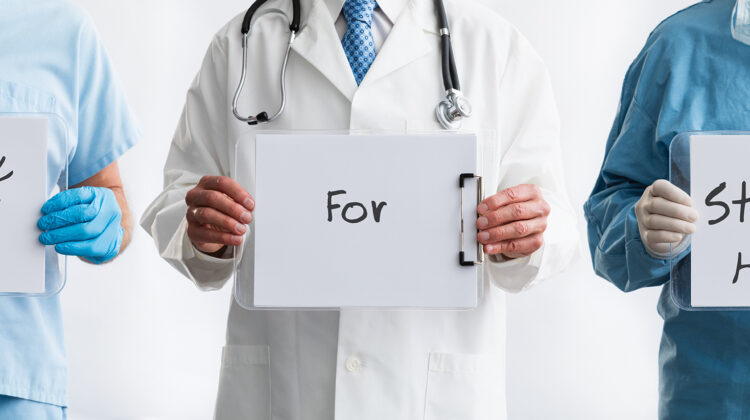
Karen Armour describes herself as an “old-school doctor.”
“I was taught by older physicians,” said Armour, who owns Armour Family Medicine in Covington. “It was all hands-on and you diagnose at the bedside. This has taken some getting used to.”
The “this” she’s talking about is, of course, practicing medicine while COVID-19 restrictions are in place.
For the most part, patients are not walking into healthcare offices. Area doctors and nurse practitioners are utilizing telehealth to diagnose patients and prescribe medication.
There are various ways to do it. Computer apps that allow visual and audio communication between patient and doctor are very common. Armour said she even works with technically-challenged patients over the phone in some cases.
“We just have to do what we have to do to take care of the patient,” Armour said.
Modeanna Wade, a nurse practitioner at Wade Family Medicine in Covington, is doing business in a similar way.
If somebody has a fever they can call the office, which is not open for walk-ins, and set up a time to be checked while sitting in their car in front of the building. If blood needs to be drawn a time will be designated to come into the office while no other patients are there.The patient walks straight from the front door to examination room, has blood drawn and his immediately escorted back out.
“The won’t cross paths with any other patient,” Wade said. “When they leave we sanitize everything top to bottom.”
While many small businesses have been crippled by social distancing policies, healthcare offices seem to be doing fine.
Christian Wade, the office manager at Wade Family Medicine, said business is about the same as it has been. He’s had to cut back the hours of one of the nurses, but everybody on staff is still employed.
Before COVID-19, remote visits did not cost as much as in-office visits and there was concern that would affect the money coming in. That has not been the case, however, so the offices of doctors and nurse practitioners are still functioning financially.
Armour said she applied for a Paycheck Protection Loan in the early going of the pandemic.
“I had no idea how long this was going to be going on or what was coming down the pike, and we still don’t know with us (Tennessee) opening up,” Armour said. “How is that going to affects our numbers?”
Just like everybody else, medical professionals are not sure what things are going to look like in the coming weeks and months.
Modeanna Wade believes we can learn a lot from the 1918 flu pandemic. It lasted 36 months and killed between 17 and 50 million people worldwide.
“We just need to rely on science and history,” she said. “All those people died and they thought it was over, but the second round was worse than the first. I don’t have a crystal ball. I can’t tell you this is how COVID-19 is going to react … In the fall, or sooner, we’re going to have another wave hit us and it’s going to be worse than this one if we don’t keep social distancing and certain things in place to prevent it from happening. There’s proof in the pudding, so to speak.”
One of Armour’s adult sons recently returned home and she had to talk to him about the importance of social distancing, especially considering her younger son has Type 1 diabetes.
“I hear of all these high school kids like, ‘Oh, la de da, school is out and we have all this freedom.’ I see them running around. That’s not the point of this. The point is to avoid contact and not spread this virus any further. Our numbers in Tipton County are continuing to go up.”
Armour was a medical student in the 1980s when the HIV/AIDS epidemic hit. She sees some similarities.
“You had to put yourself in the mindset that everyone has it until you prove otherwise if they were potentially at risk for it,” Armour said. “That’s kind of the mindset I’m in regarding COVID-19.”
There has been considerable support from the community for medical professionals who are putting themselves in danger during the pandemic with multiple signs around the county thanking first responders and others.
“It’s a good feeling to see that support, but I don’t think we can take a lot of credit for that,” Christian Wade said. “The hospitals, the ERs, EMTs, nurses, ambulance drives, they need to be thanked. We’re kind of hiding behind the technology. We’re still doing our part, but we can’t take all that credit. They’re putting that mask on and putting their lives and their families’ lives in danger … Grocery stores, truck drivers, anybody doing a service for us. They’re the ones who need to be patted on the back.”

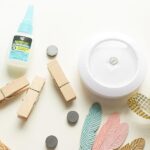
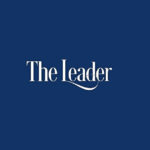
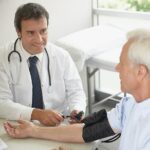
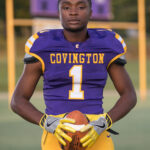

Leave a Reply